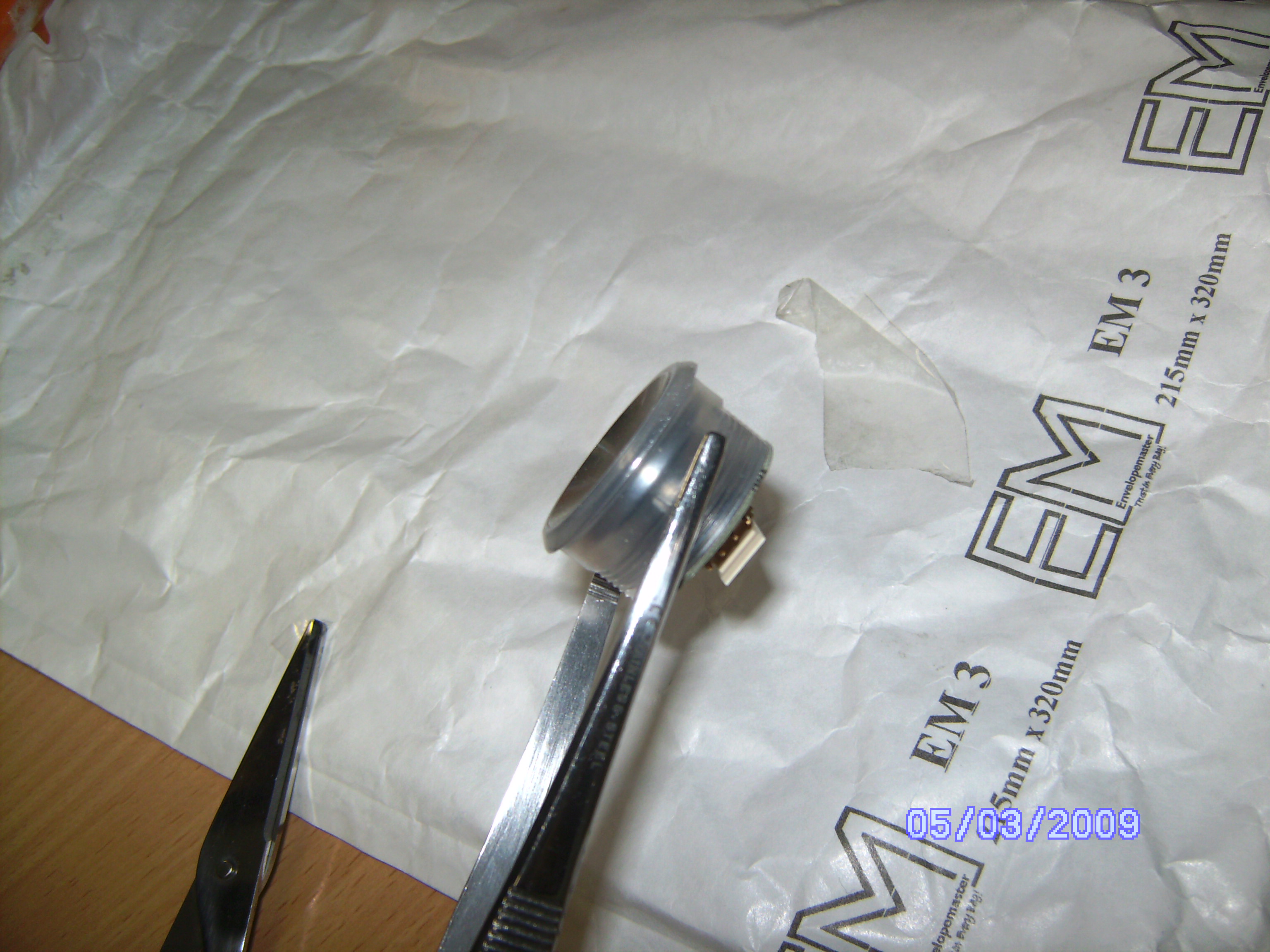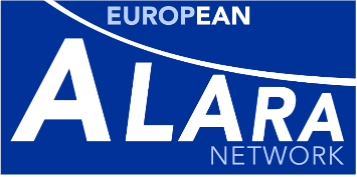Issue 25 - October 2009
Authors: F. Drouet, P. Croüail (CEPN, France)
Introduction
 In October 2008, the French nuclear safety authority (ASN) was informed about the detection of radioactivity in lift buttons, manufactured by a French company, MAFELEC. This company manufactures lift buttons whose metal base comes from India. The detection was made on the assembled buttons and it appeared that the 60Co contamination came from Indian suppliers. After investigation by the French authority, it turned out that MAFELEC has only one customer, OTIS, a lift company located in several places all over the world. As a consequence the distribution of contaminated buttons was not limited to France and measures to identify and remove buttons were taken in many countries in Europe.
In October 2008, the French nuclear safety authority (ASN) was informed about the detection of radioactivity in lift buttons, manufactured by a French company, MAFELEC. This company manufactures lift buttons whose metal base comes from India. The detection was made on the assembled buttons and it appeared that the 60Co contamination came from Indian suppliers. After investigation by the French authority, it turned out that MAFELEC has only one customer, OTIS, a lift company located in several places all over the world. As a consequence the distribution of contaminated buttons was not limited to France and measures to identify and remove buttons were taken in many countries in Europe.
At the occasion of the EAN Steering Group meeting in December 2008, discussions confirmed that many EAN countries had to deal with this issue. Then EAN decided to launch a request through its mailing list for information on the management of this event in European countries. Between January and July 2009, answers from 13 different countries were received. This article is a summary of these answers.
Authors: N. Stritt, M. Dorthe (SFOPH, Switzerland)
Legal provisions
The use of ionising radiation in medicine in Switzerland is regulated by several ordinances. The Radiological Protection Ordinance provides a general framework and more detailed requirements are specified in technical Ordinances, such as the Use of unsealed sources, the Use of sealed sources in medicine and the X-ray Ordinances. In radiation therapy, requirements regarding Quality Assurance, such as dosimetry checks, are specified in the Ordinance on Medical Accelerators, with full details for the application given in the Swiss Society of Radiobiology and Medical Physics (SSRMP) Recommendation 11.
In March 2009, ASN was requested by the French Agency for the Safety of Health Products (AFSSAPS, the French competent authority for biomedical research), for advice about a proposed clinical trial intended to evaluate a PET tracer to diagnose Alzheimer's disease (AD). This test involves not only the participation of AD patients, but also of healthy volunteers, all aged 60 years or over. The protocol involves 2 PET-CT examinations, issuing a total effective dose of 18 mSv (F-18 + CT).
